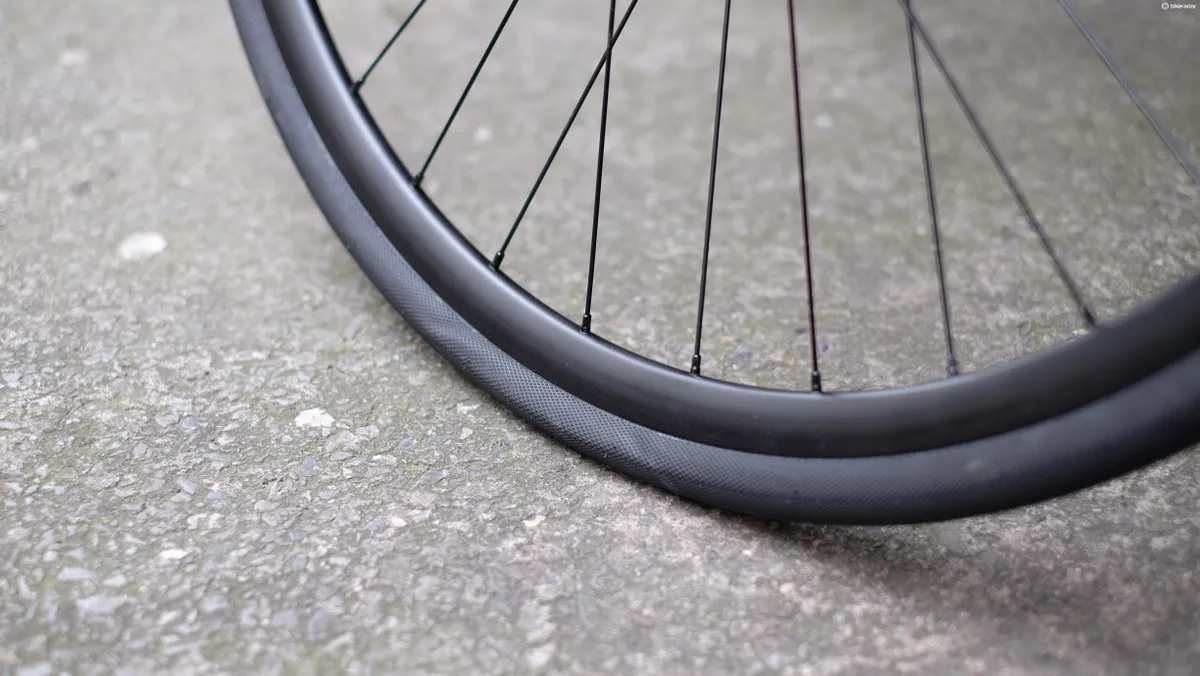Cycling to work is an excellent way to improve fitness, de-stress after a long day and save money – win, win, win!
However, if you have just started commuting via bike, there's likely to be a few small changes that could make a big difference to your riding.
Here we cover tips ranging from personal preparation to road habits and bike set-up, and offer plenty of helpful advice for anyone new to cycling to work.
- Best commuter bike: What's the best bike for commuting in 2025?
- 1.6 million people have saved up to 47% on a new bike with Cycle to Work – here's how to join them
1. Under-inflated tyres

The number of riders who fail to keep their tyres up to pressure never ceases to amaze us. Low pressures not only increase your risk of punctures, but also steal your speed and leave your rims more vulnerable to damage, too.
Ensuring your tyres are inflated appropriately will make riding to work much easier.
We'd recommend checking the pressure of your tyres weekly to avoid running low.
Not sure where to start? Check out our guides to road bike, gravel bike and mountain bike tyre pressure.
And if you don't have a pump, we've got you covered with our guide to the best bike pumps.
2. A dry chain

You’ll be able to hear this person a mile off, their crusty drivetrain making the sort of noise that pushes those with mechanical sympathy into a heartfelt cringe.
Not only will you be robbing yourself of some efficiency, but you’ll also be dramatically increasing wear on your bike's components.
To ensure your chain doesn’t run dry, make sure you are applying a correct, cycle-specific chain lubricant regularly.
However, resist the temptation to layer fresh lube on top of a crusty chain. That can attract lots of dirt and accelerate wear, leading to costly repairs down the line – or at least put your trouser legs in line for a soiling.
For more information, check out our guide on how to clean and lube your bike's drivechain.
3. A failure to safety check

Bicycles can be daunting machines for those who aren’t mechanically minded, but performing a basic safety check periodically is a simple procedure and a very, very good idea.
Quick-release wheels are really convenient, but fail to close the skewers correctly or with sufficient tightness and you are asking for serious trouble.
Similarly, the handlebar and stem of your bike are some of the most reliable components around, but fail to tighten the bolts and you could quite quickly be in for the wildest ride of your life.
Remember, if you are in any doubt then get your local bike shop to check things over.
4. Crazy cadences

Knowing how to use your bike's gears to your advantage is very important.
Try to keep your legs rotating at a rate that flows well for you, read the terrain ahead and act accordingly – dropping down a few cogs before approaching a traffic light, for example, can prevent an embarrassing and wobbly slog when the lights turn green.
If you're trying to get to work sweat-free, then it's best to ride at a relaxed pace with an effort output similar to walking.
- Mountain bike gears explained | How MTB gears work and how to use them
- How to change gears on a bike | Gear shifting explained
5. Incorrect saddle height

Running your saddle height too low will mean you won’t get the most from your legs and, at the other end of the scale, a saddle height that’s too high will lead to discomfort, instability and potential injury.
A quick but non-scientific way for a beginner to find an acceptable saddle height is to raise the saddle until there’s a slight bend in the leg while at the bottom of the pedal stroke. This should be measured while the ball of a rider’s foot is positioned over the centre of the corresponding pedal axle.
If you really want to nerd out, check out our guide on how to set your saddle height.
6. Poor preparation

Poor preparation prevents proper performance, someone once said, and they were right.
It may sound obvious, but thinking about what you take with you on your ride can be the difference between enjoying or enduring cycling.
Unless you have an easy alternative way of getting home, always have the kit with you to repair a puncture and tighten anything that is likely to come loose.
The second part of ride preparation should involve your clothing.
Whether or not you wish to wear a helmet is up to you but leave the house with a bad choice of clothing and you’re going to wish you never left at all.
By wearing multiple, lighter layers you’ll give yourself more flexibility for changing weather conditions.
If visibility is questionable, then don’t forget to pack your lights.
7. A failure to ride defensively

As cyclists, we're among the most vulnerable road users around. Fact.
This doesn’t mean that we should be afraid but we should be careful.
When on the road, ride with confidence rather than cockiness – make sure you are seen before you commit to a move that could potentially take you off of your bike. Take as much space as you need when you need it.
Assume that car up ahead will pull out and make sure you can stop if it does – its occupants aren’t the ones that’ll end up injured in the event of an accident.

